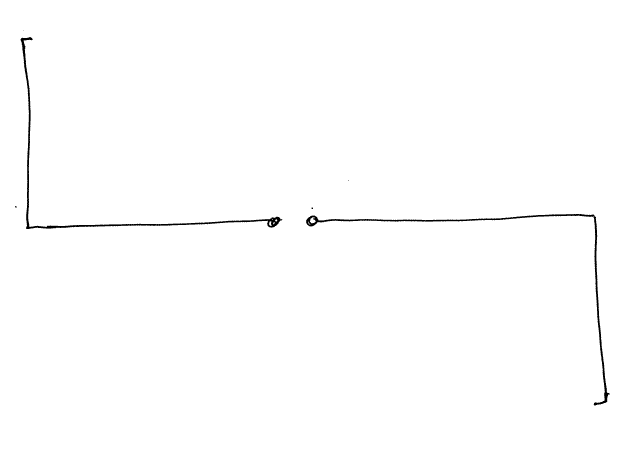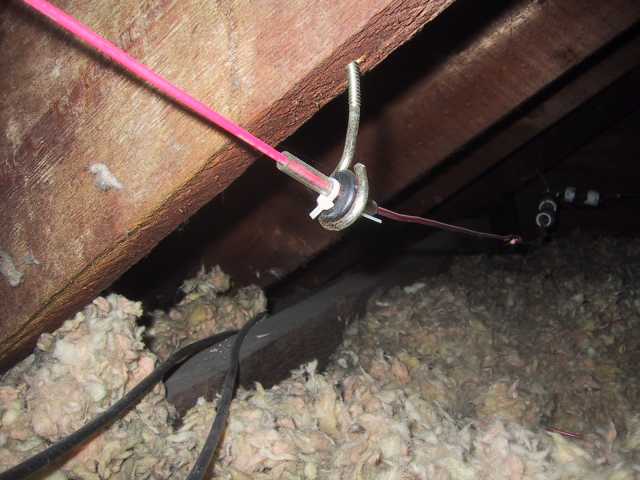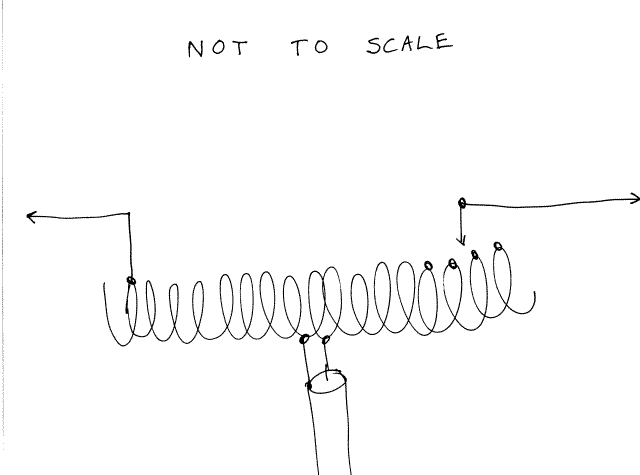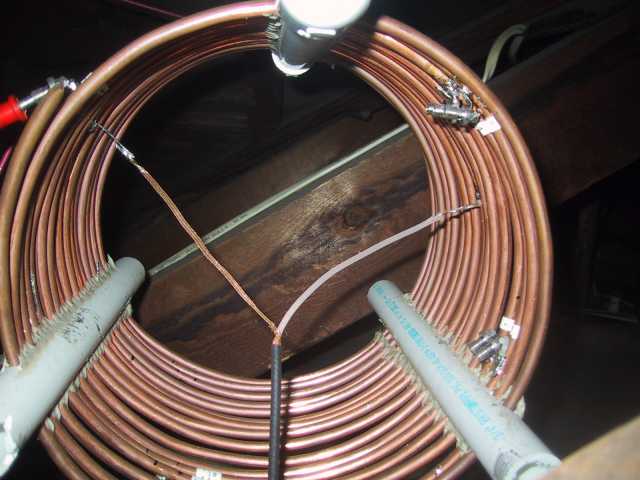
I live in a tightly packed urban neighborhood without much room for antennas. I decided to install an 40 meter dipole in my attic space which is about 25 by 45 feet, and about 25 feet up from the ground. I was not very hopefull, because the attic has metal wiring and vents, and also because it is covered by a slate roof.
The performance on 40 is good. I worked an Italian station with 20 watts CW. Eventually I decided to try it out on 80 meters with a center loading coil, since 80 is one of my favorite bands.
The good performance on 80 meters for regional contacts has been a big surprise, and I am very happy about it. Running 25 - 50 watts on CW I get nice reports from New England, down to Pennsylvania, and out to Ohio. It looks like the effective range is about 500 miles.
It is definitely not a DX antenna, but it seems pretty good as a high-angle of radiation "cloud burner", despite being covered by a slate roof! Regional SSB at 100 watts and AM at 100 watts carrier have also proven to be quite satisfying.
Details on the antenna appear in the following pictures...

The construction is 14 guage insulated stranded wire from Home Depot, suspended by TV antenna lead-in eye screws. I added some PVC tubing insulator to each eye screw, as I have some concerns that this antenna develops high operating voltages.
Here is a detail on the insulator arrangement:

Here is a schematic of the 80 meter loading coil. It has 11 taps at one end to adjust resonance, and the feed is to a small one-turn loop in the center of the coil.

I use an arrangment of double bananna plugs and jacks to facilitate band switching by patching the coil in and out of the feed.

The loaded antenna has pretty narrow bandwidth - about 40 KC 2:1 SWR range, which I view as a good thing - an indication that there isn't a lot of loss.
To cover the whole band, at one end the coil has 11 taps made from bannana jacks soldered to the tubing and spaced at 1/4 turn intervals. It is slightly annoying to have to go up to the attic to change band segments, but my attic is not hard to get in to.
